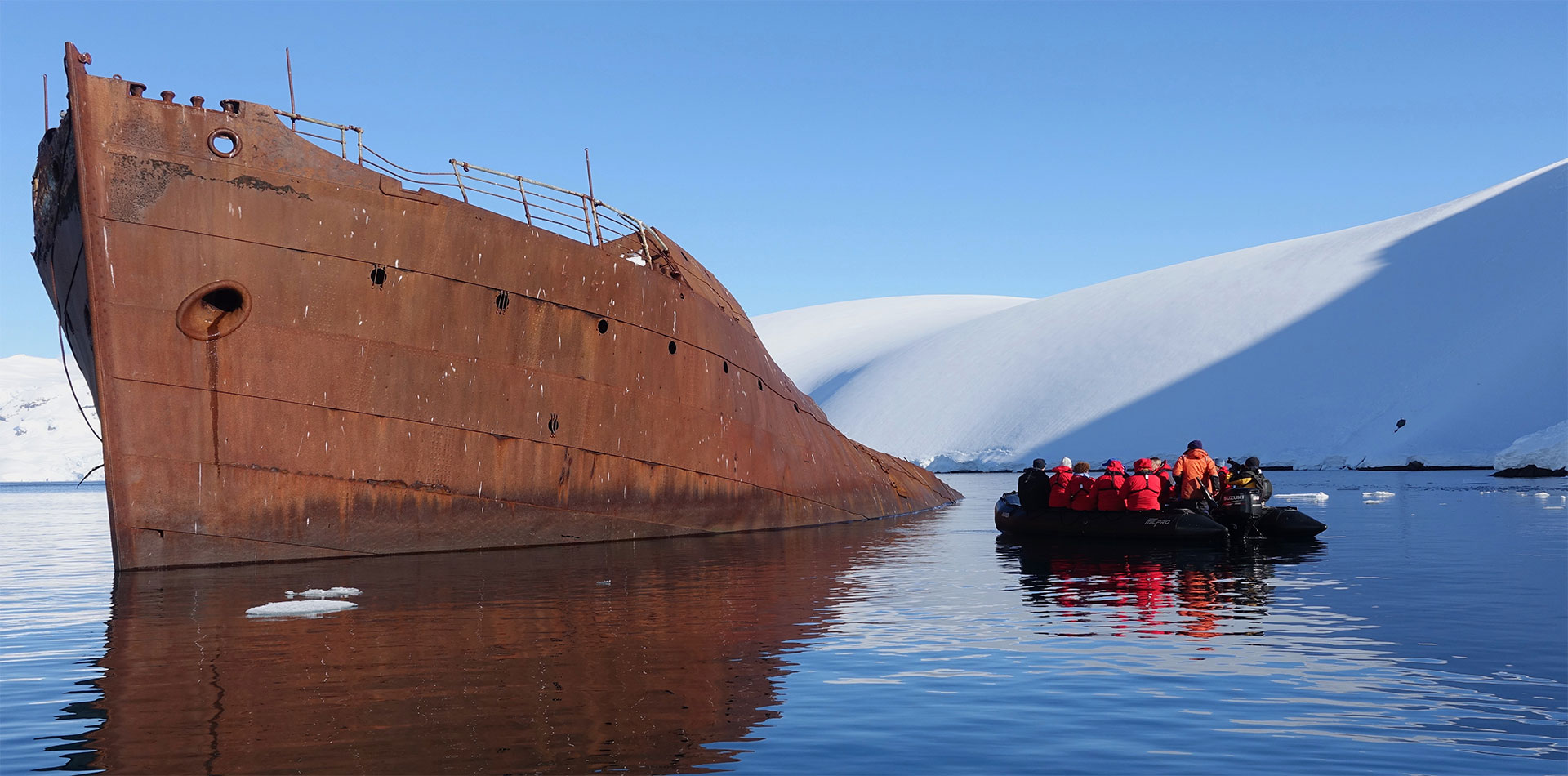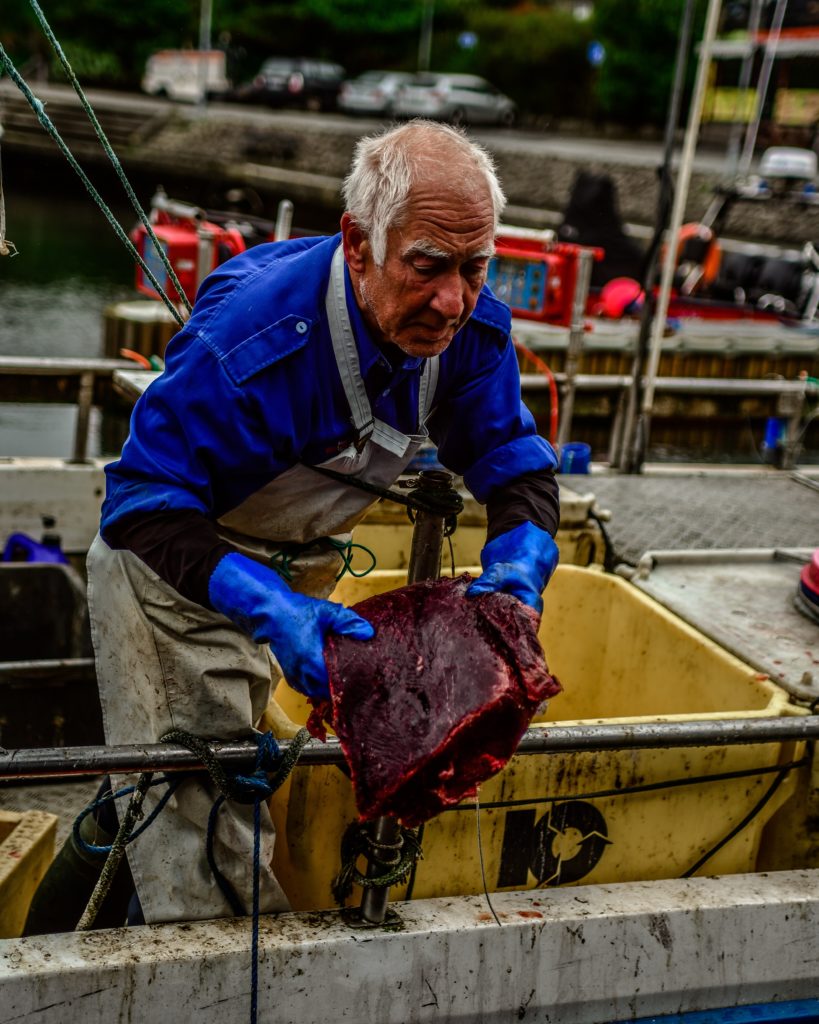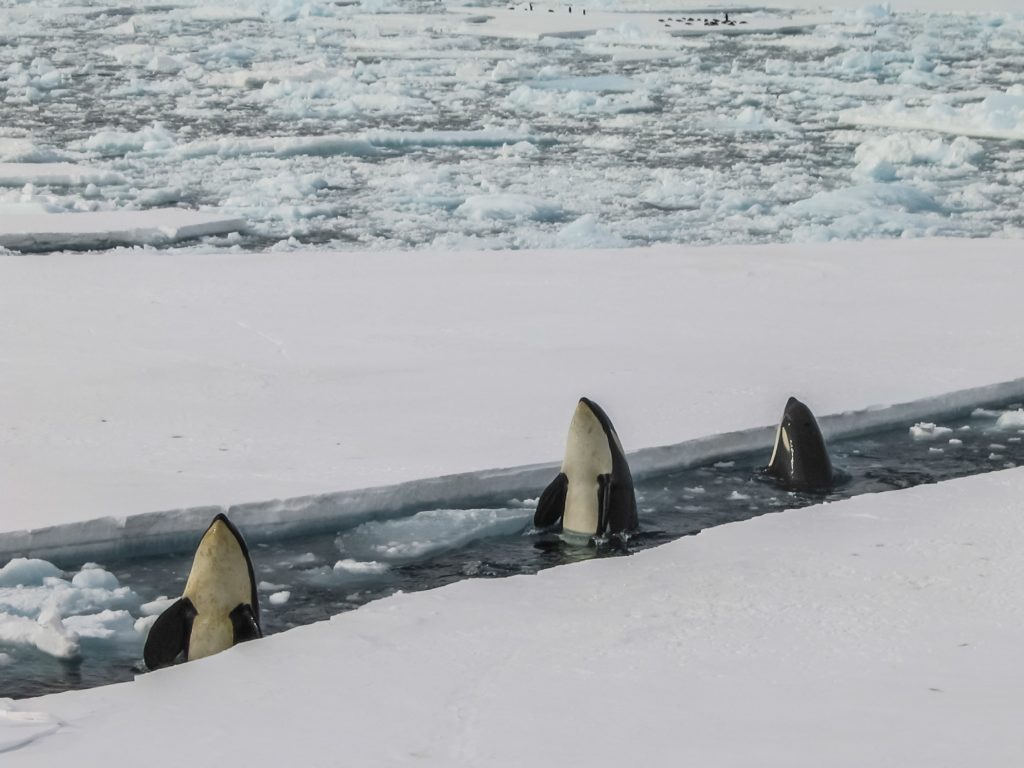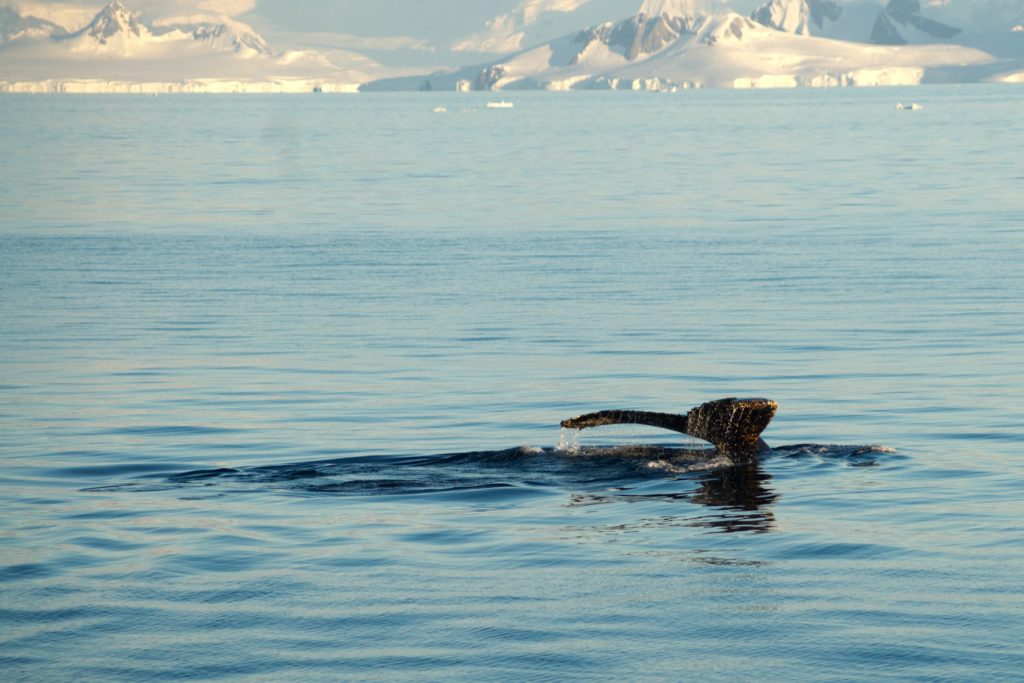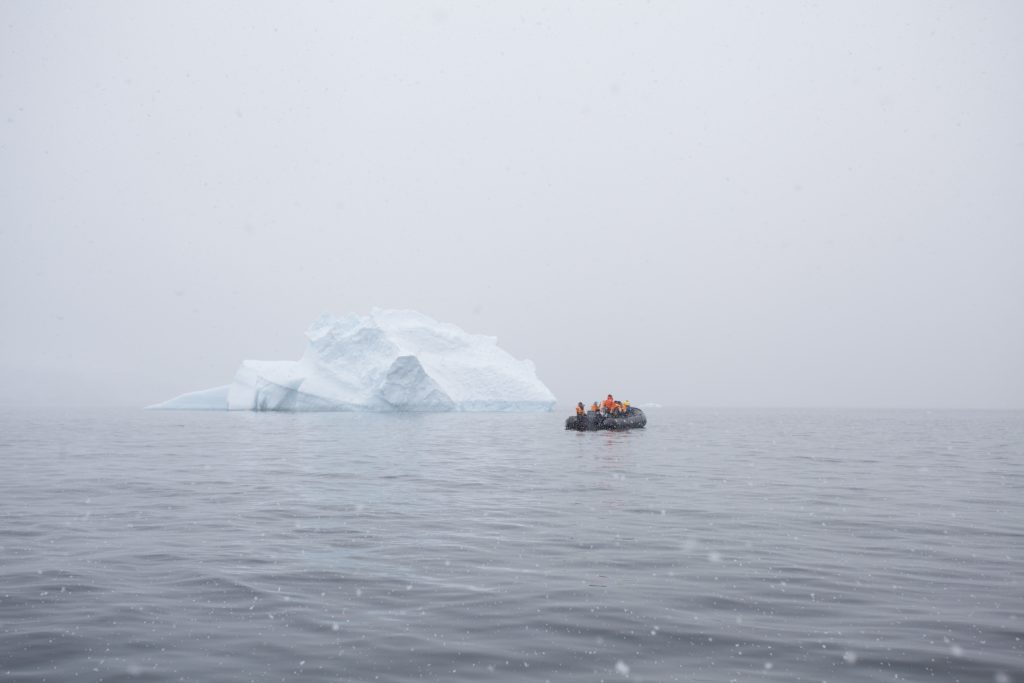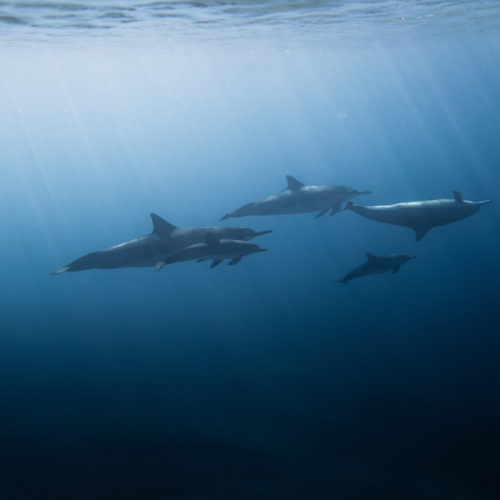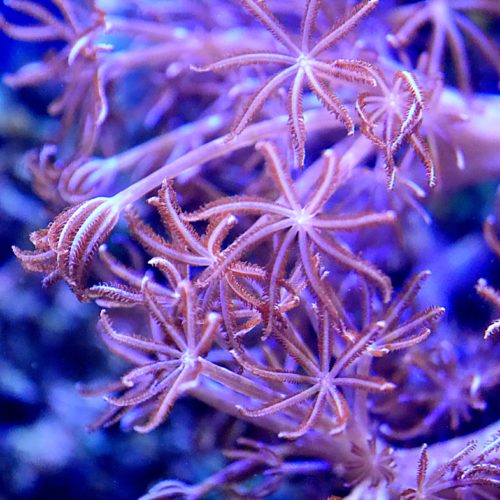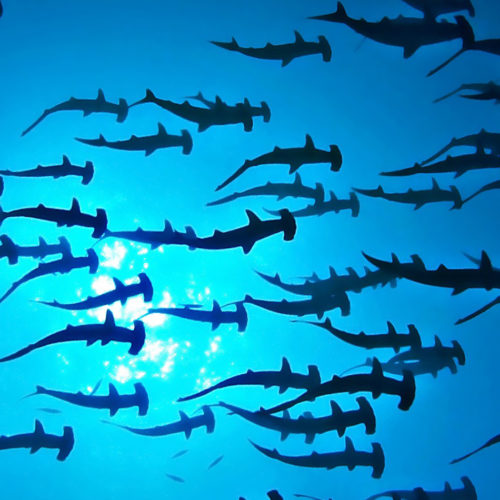Whaling History
Dating back to the 9th century, hunting whales for their meat and oil was especially popular in multiple sea-faring nations such as Norway and the Basque region. The advent of technology combined with increased demand for whale products is what catapulted this cultural past time into a major industry.
The invention of the steam ship and harpoon canon allowed a more efficient capture of larger whales than previous times. This led to the depletion of whale stocks and the formation of the International Whaling Commission (IWC), set up to regulate commercial whaling. Between 1985 and 1986 there was a pause in whale harvest, often labelled the commercial whaling moratorium which banned all commercial whaling. This remains in place to this day.



